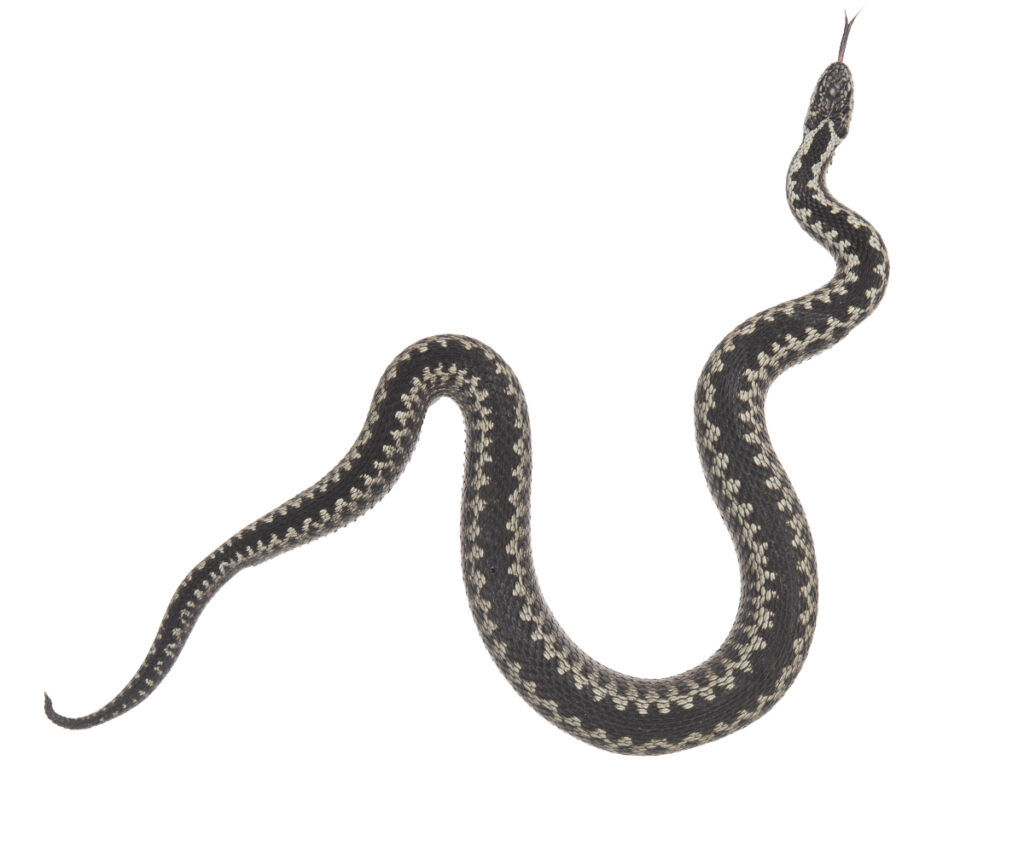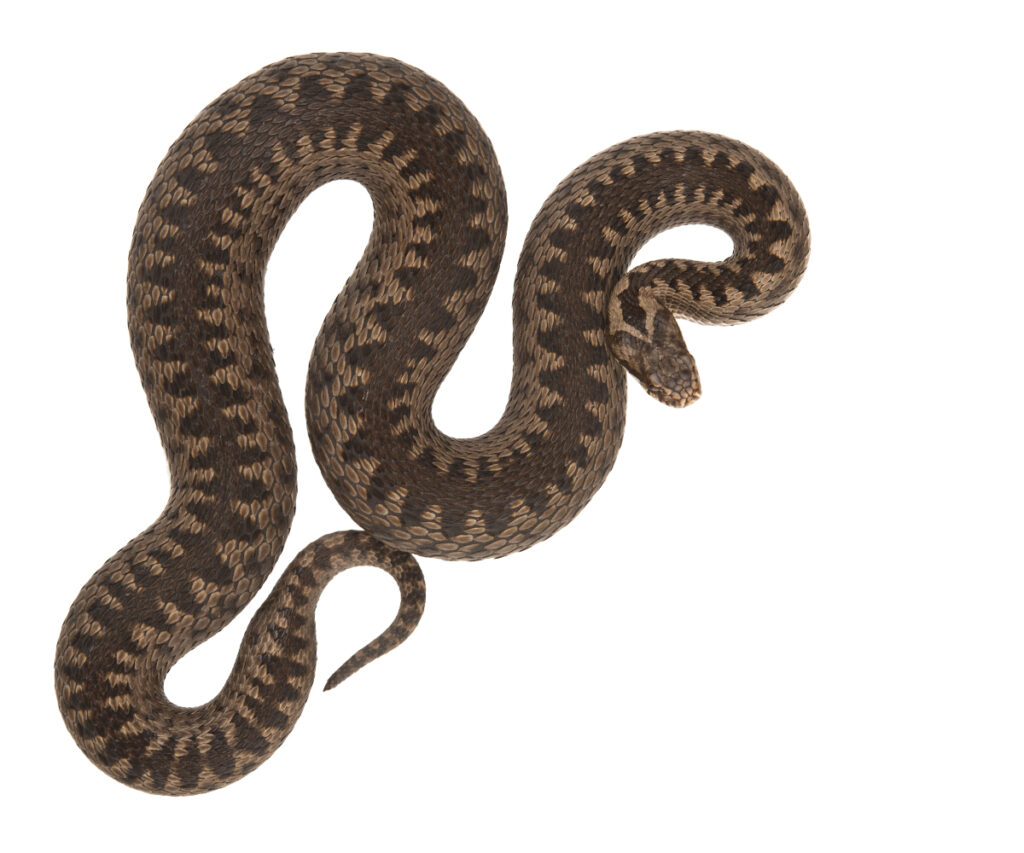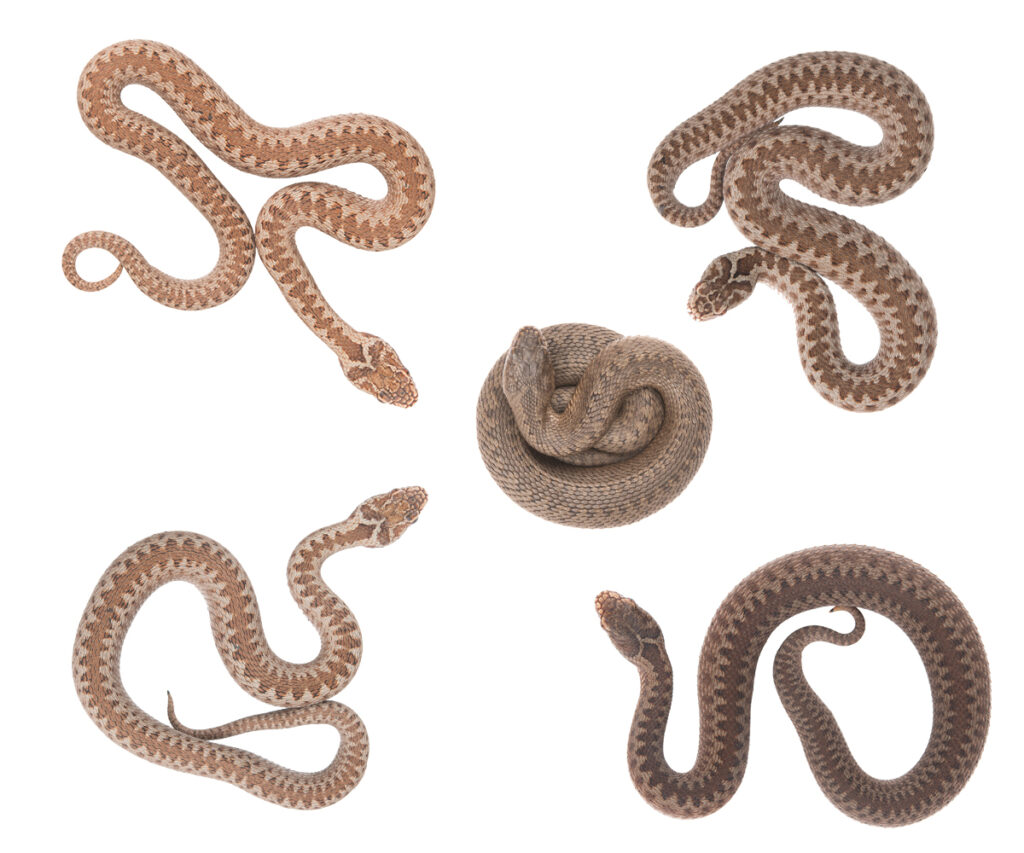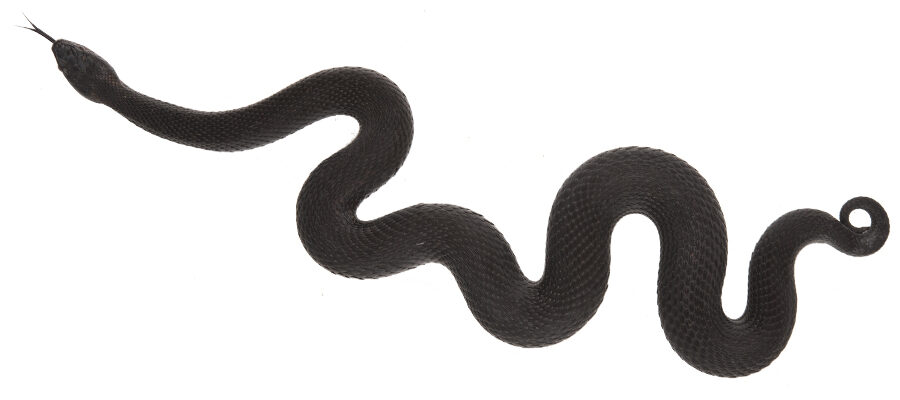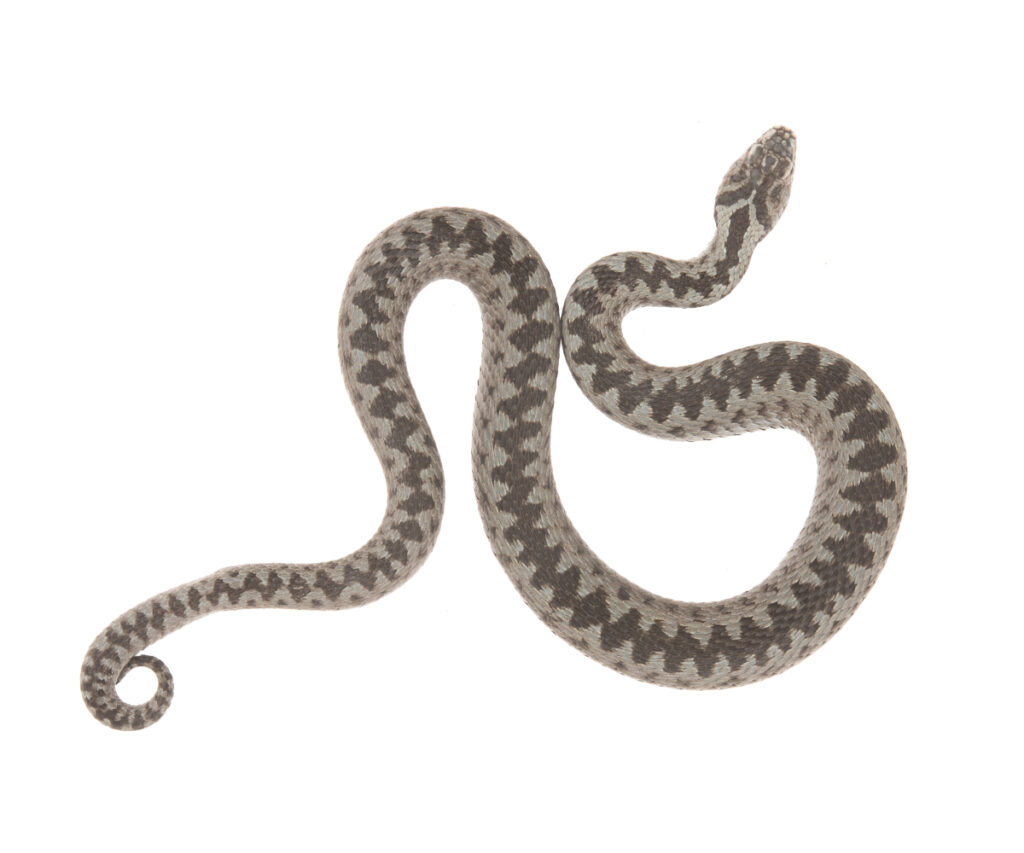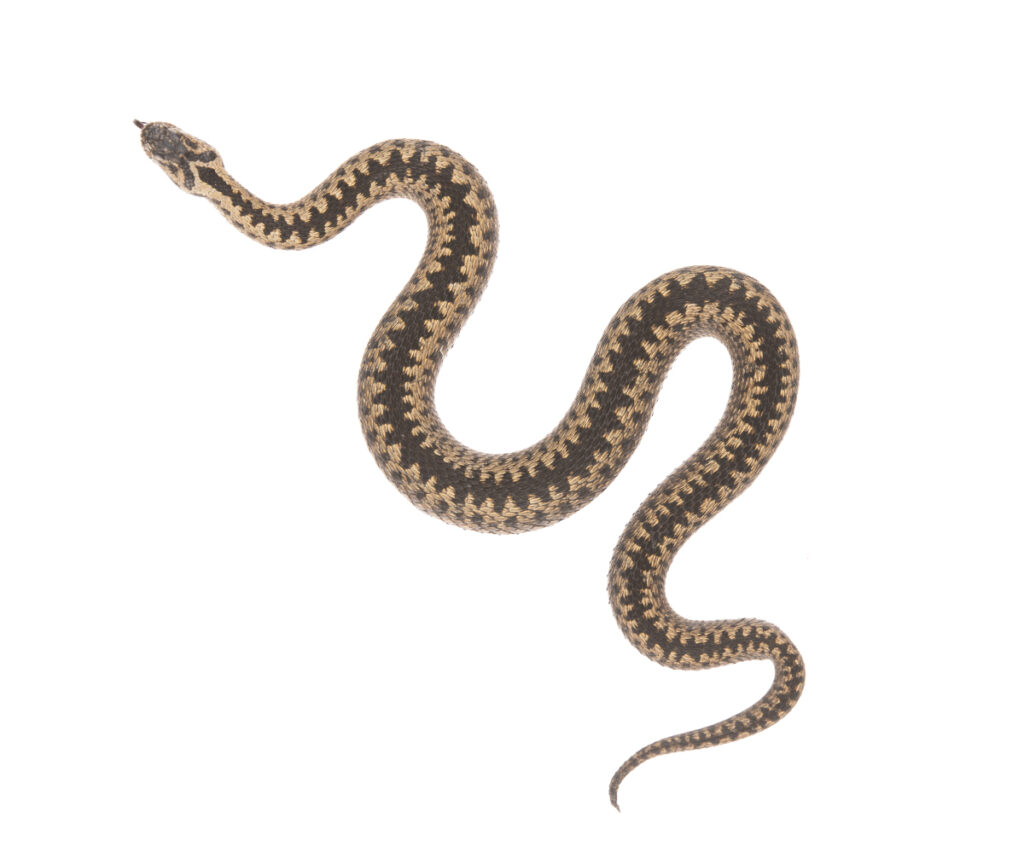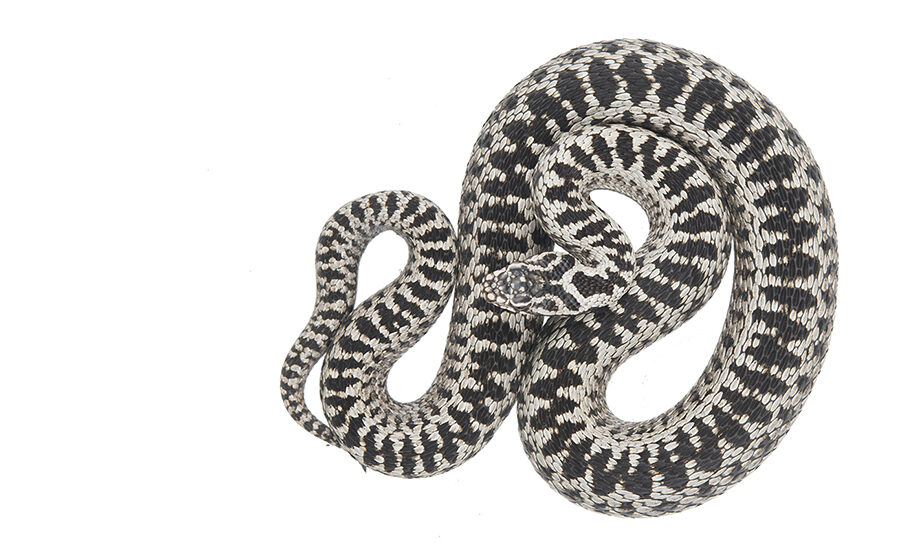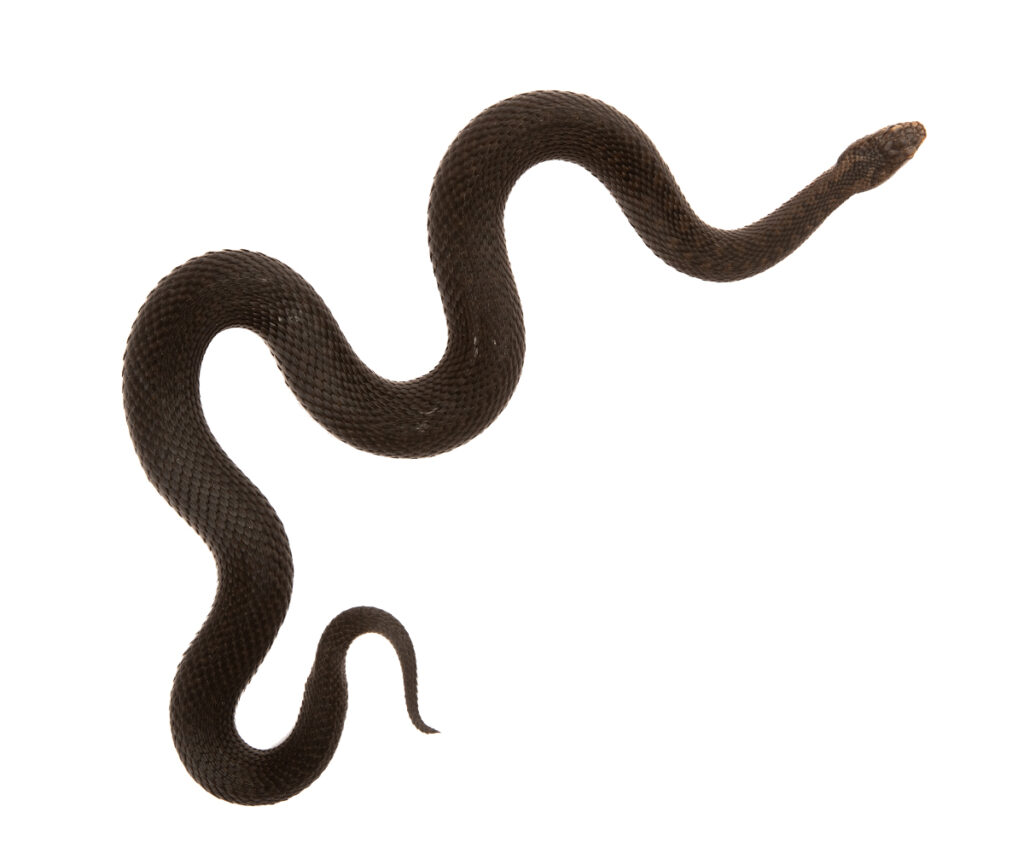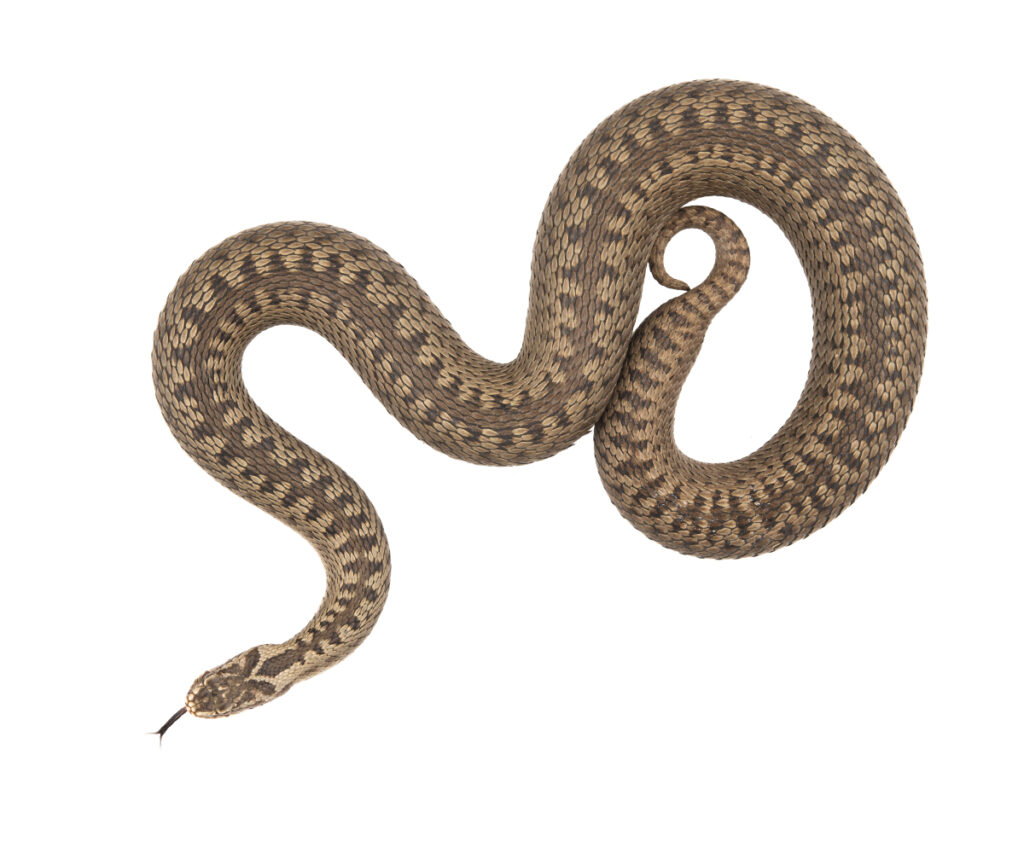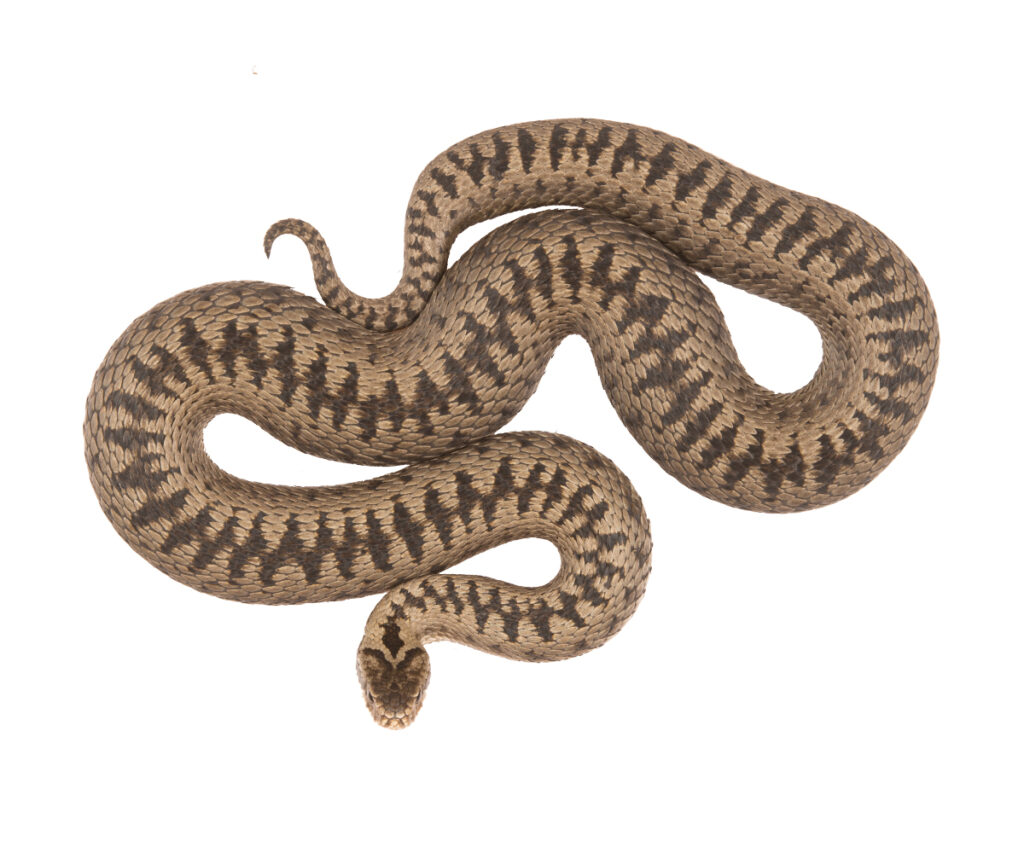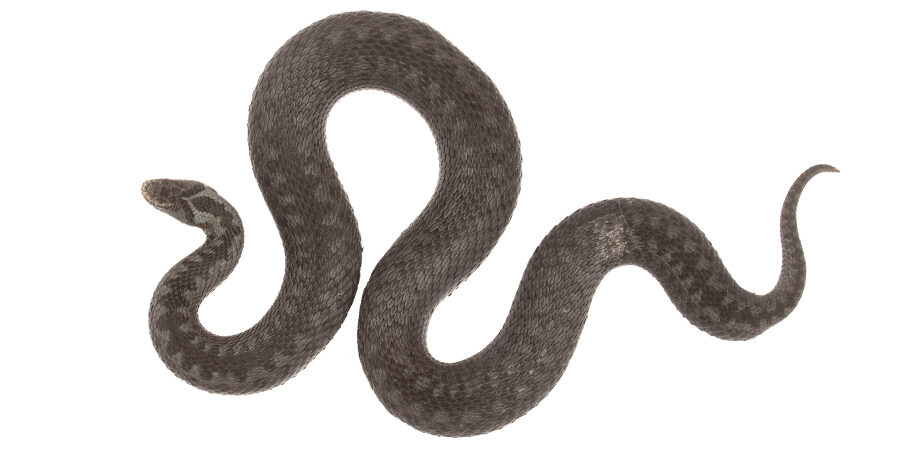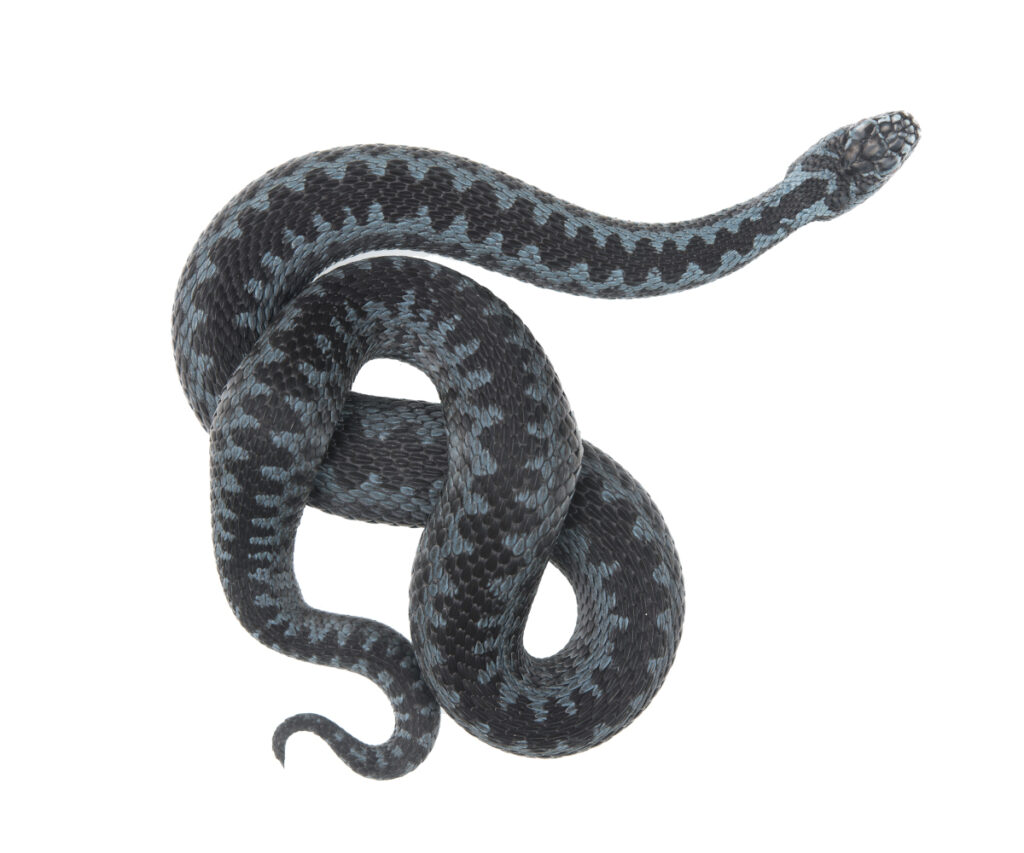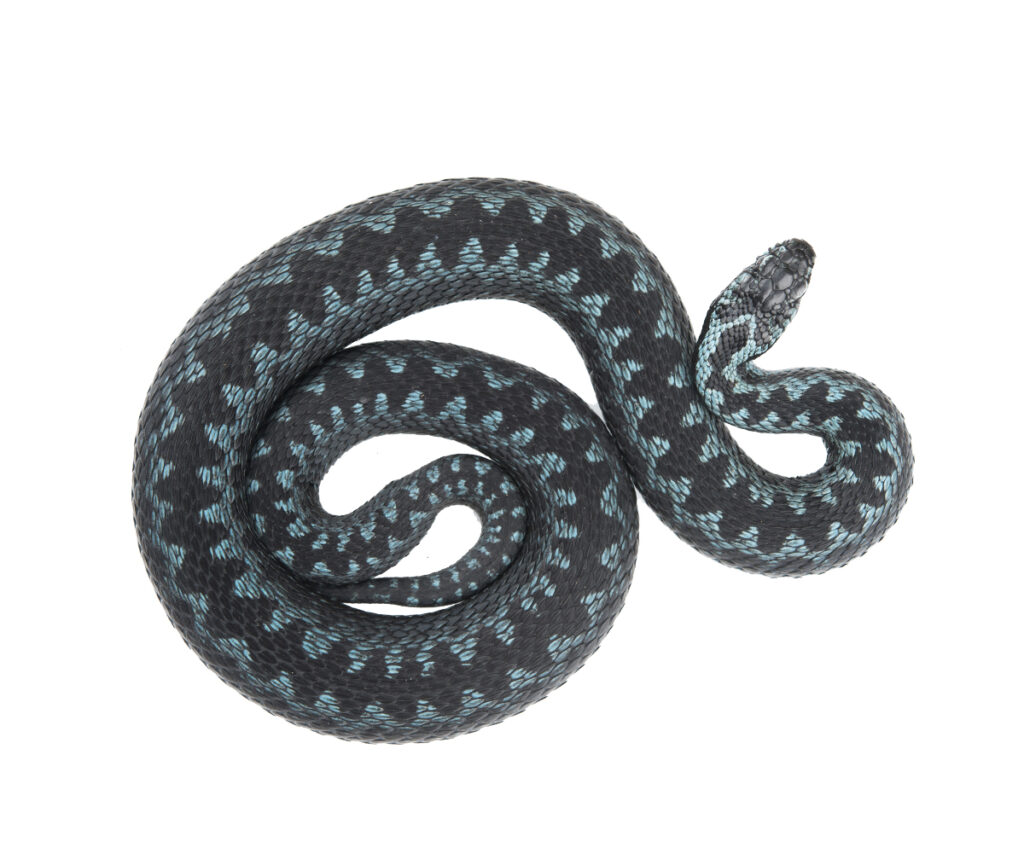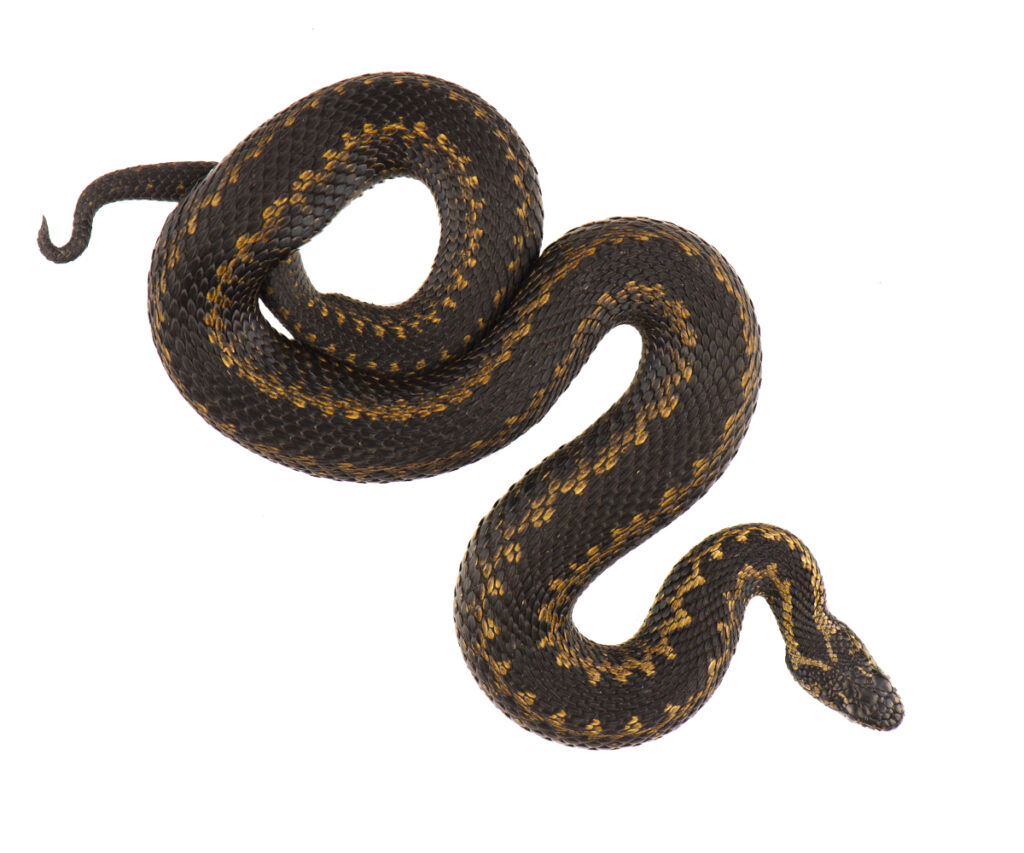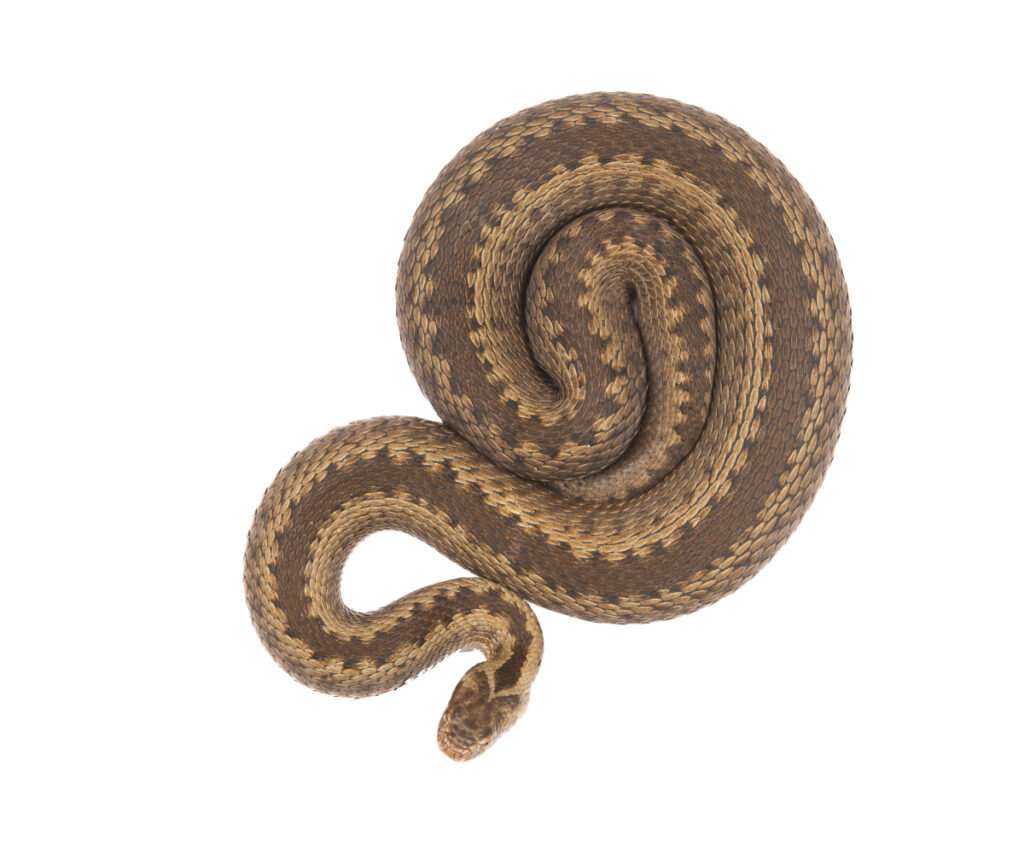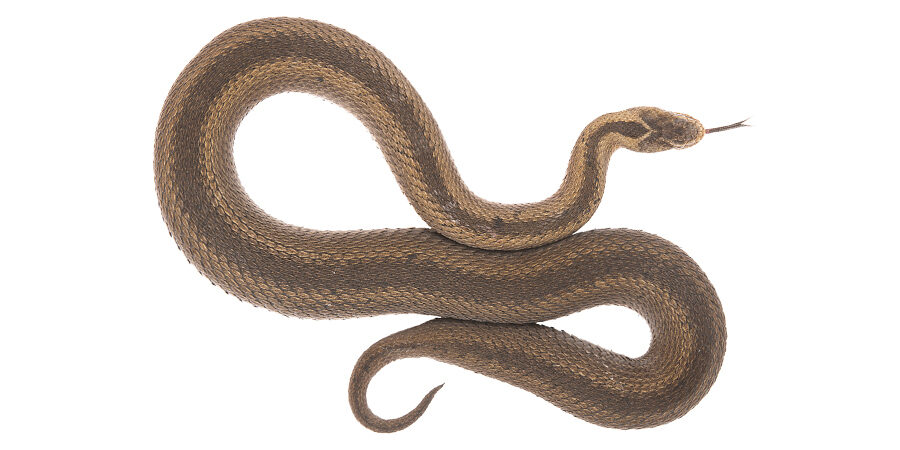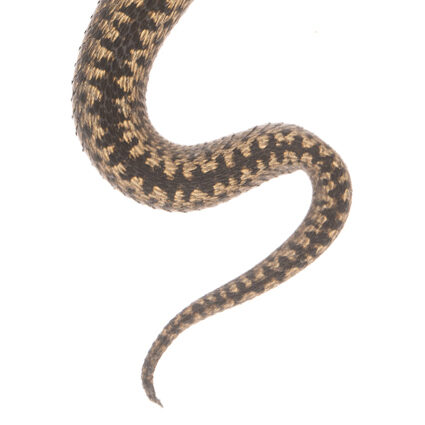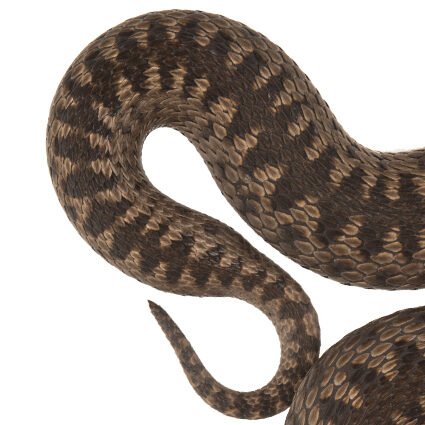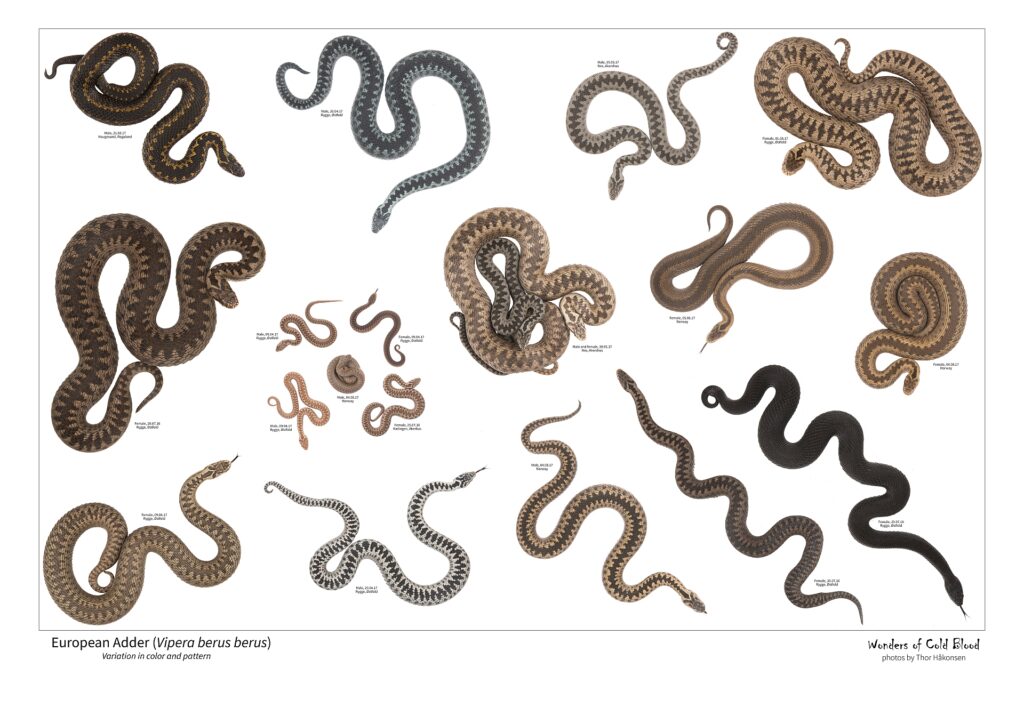
Click on pictures to see large version
I’ve always been fascinated by the beautiful colors and pattern in the European adder (Vipera berus)
But I had no idea how vast the variation is in both color and pattern in this species just some years ago.
For the last couple of years I’ve tried to document the variation in this species in collaboration with my good friend Kjeld Henrik Ophus, who is doing some great research on the movement between hibernation, spring and summer of local adders in Østfold, Norway
Most of us has a understanding of how the «standard» adder looks like, and here is what I would consider a ordinary male and female. With the male grey and female brown.
Mostly you actually can tell the difference between a male and female, based on the color – based on that the female has a lighter, less contrasty, dorsal stripe (zig-zag) on a brown background, and the males usually has the black and very contrasty dorsal stripe on a grey background. But for young adders, this seldom is right. Just look at the picture below where 3 is male and 2 is female.
Melanistic (black) individuals can locally be very common
Here are a couple of males, in different colors
Sometimes you also get some odd-balls. This specimen will probably be totally black next season, or maybe after the next shed. But now it is jet black on the lower parts with a rather visible pattern on the head and neck.
Females also varies in color and pattern, here is some beatiful variations of females. First out two more or less typical females. One with a typical dorsal pattern and one with a more broken up.
The third one is a bit more unusual with a grey background color and an almost black zig-zag.
For me the most beautiful ones, are the blue males, just after shed in the spring!
Sometimes one also will find more or less striped individuals, but this is very seldom and seldom more than one in a population. The one under on the left is a male we’ve encountered for the first time in 2012, and the last time in the spring 2017. This male actually stays «brown» also after shed in the spring.
This specimen below is from an isolated island population, where perhaps as many as 10% of the population got this amazing stripe! A very special experince finding several of these in the beautiful surroundings they live in. This might be the only place where this occurs on european adders in numbers like this.
Back to sexing – the only certain way to sex an adder in the field is by the tail. Where the males have a longer and more tapered tail and the females and more short an abruptly starting tail.
All photos are of wild specimens from Norway, and photographed in the field with as little stress to the animals as possible.
There is a poster of some of the variations for sale – ships worldwide – can be bought through my RED BUBBLE-account
A special big thanks to : Kjeld Henrik Ophus, Espen Knutsen, Espen Støtterud Christensen, Tommy Støtterud Christensen, Amund Oksavik, Henrik Bringsøe and Tord Nordmo. Without you, some of these perhaps would not be documented
